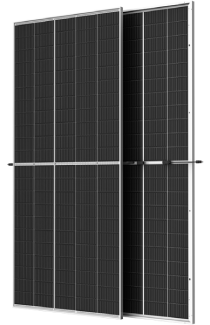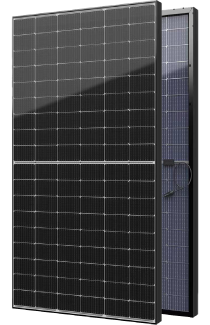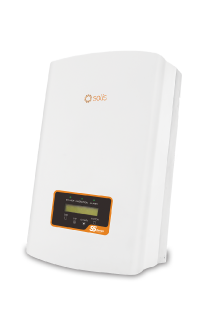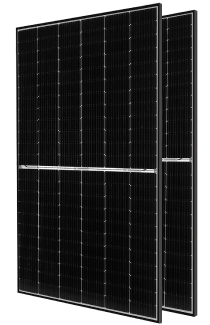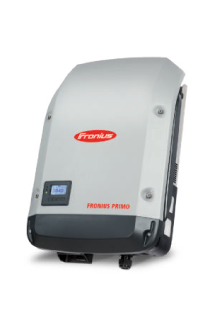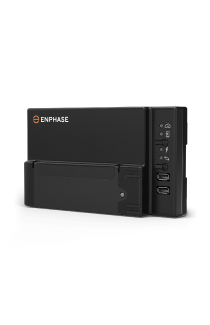This is determined by the size of the inverter and the amount of space available on your roof. You could expand the size of your system if you have enough roof space and more inverter capacity. You might also install a second system on your roof. Please note that at this moment, each state's solar Feed-in Tariffs impose size restrictions on the systems that qualify. Increases in the size of an existing solar power installation may influence your Feed-in Tariff eligibility. For more information, please contact us.
incentives
of your home
power bill
footprint
















